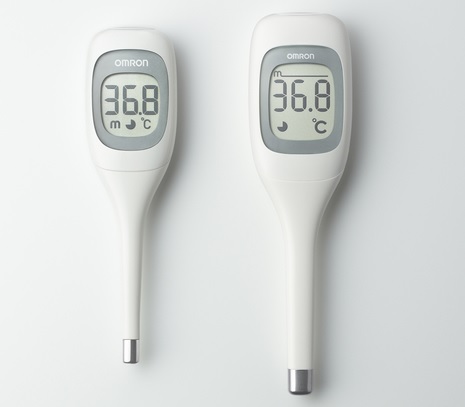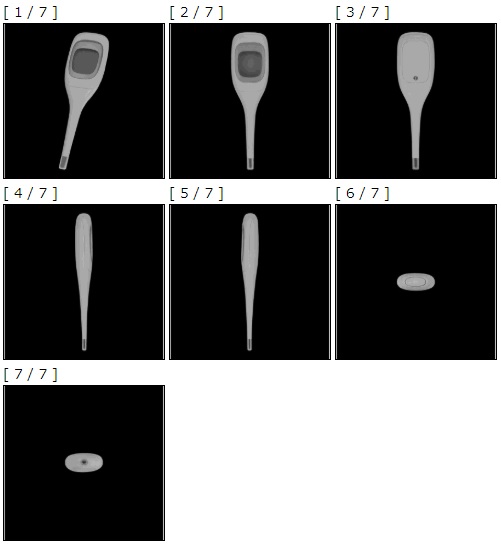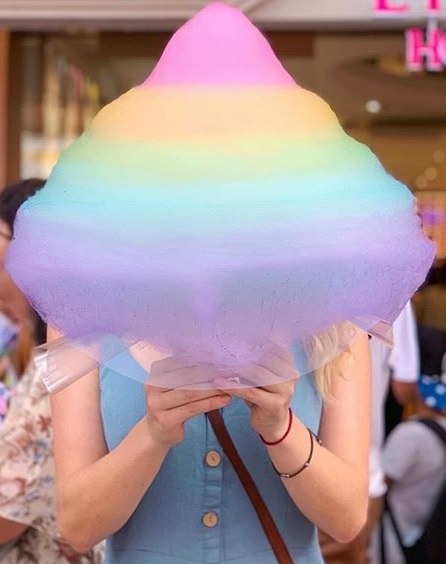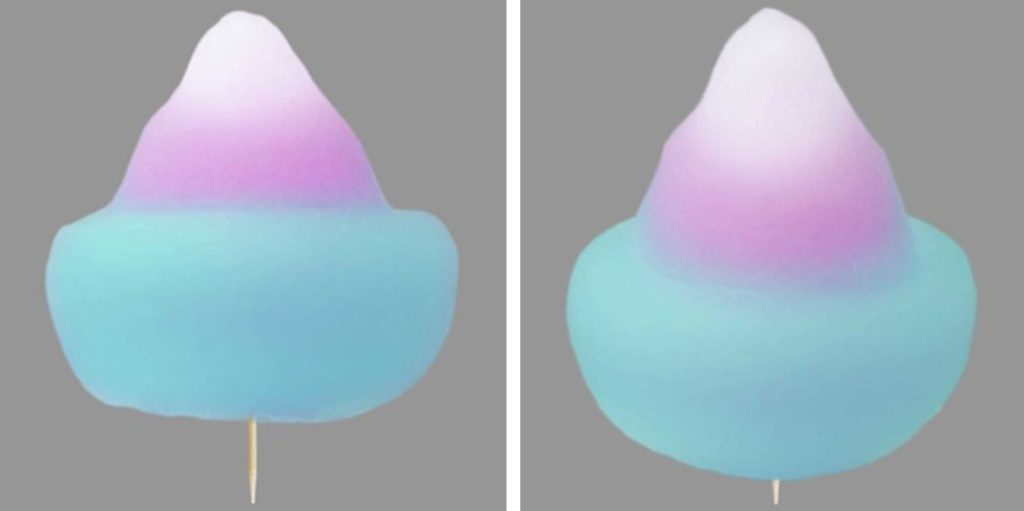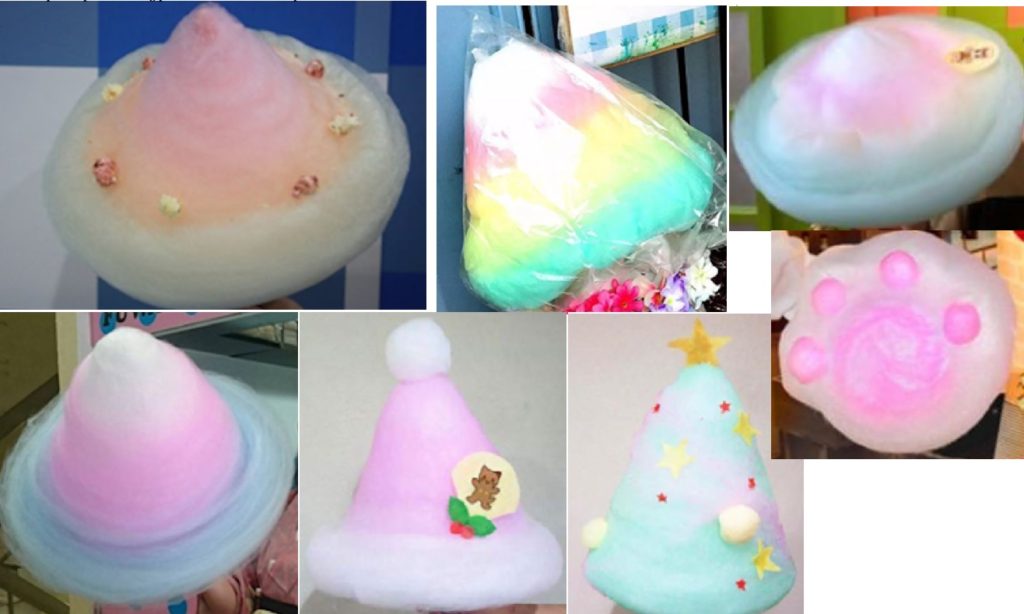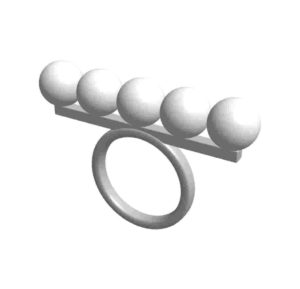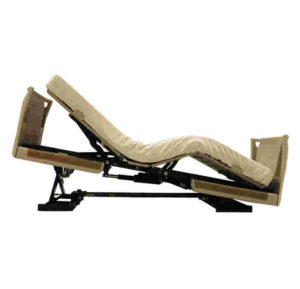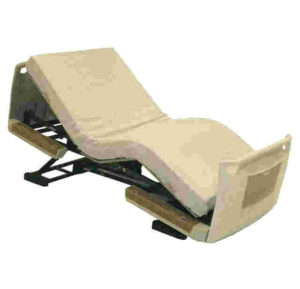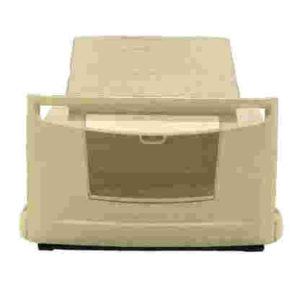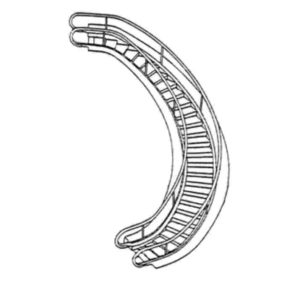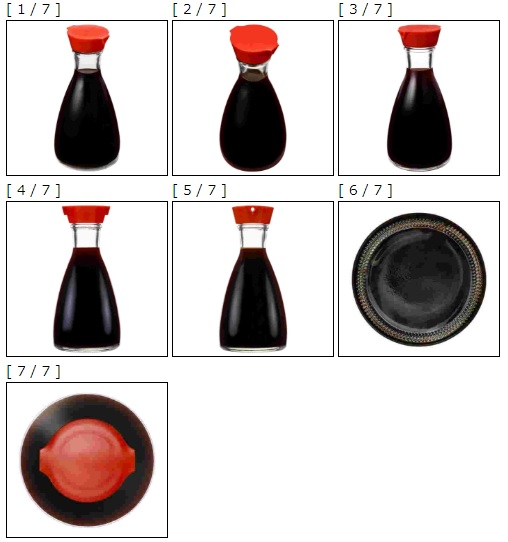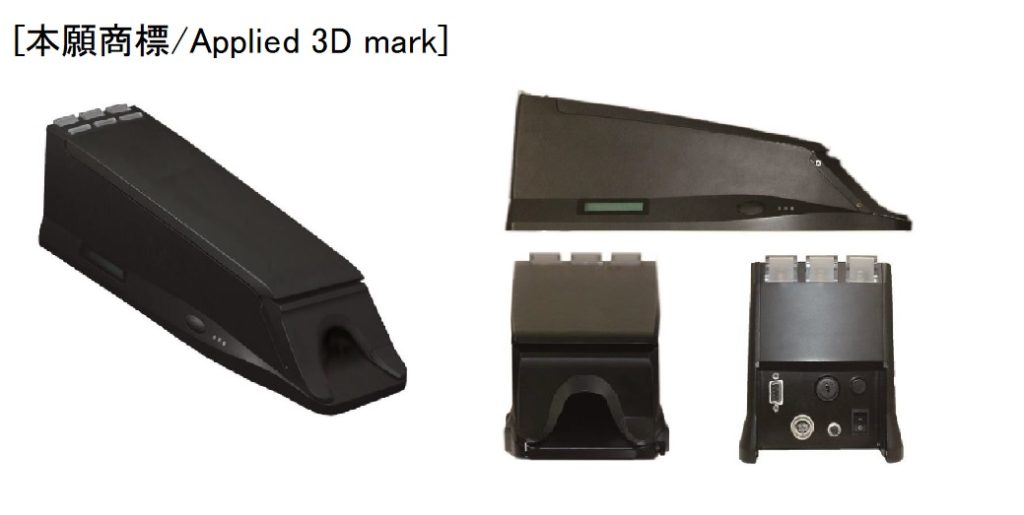The Japan Patent Office (JPO) allowed trademark registration of “Ghana” in connection with chocolates of class 30 by finding acquired distinctiveness as a source indicator of Lotte Co., Ltd., a Korea-based confectionary company.
[Appeal case no. 2019-8784, Gazette issued date: May 29, 2020]
Lotte “Ghana” Chocolates
Ghana chocolate is Lotte’s signature product and one of the most beloved chocolate in Japan for many years.
Lotte Co., Ltd. launched chocolates bearing the “Ghana” mark in 1964. Since then, the mark has been prominently indicated on the packages.
[“Ghana” chocolate package back in 1970’s – TM Reg no. 892507]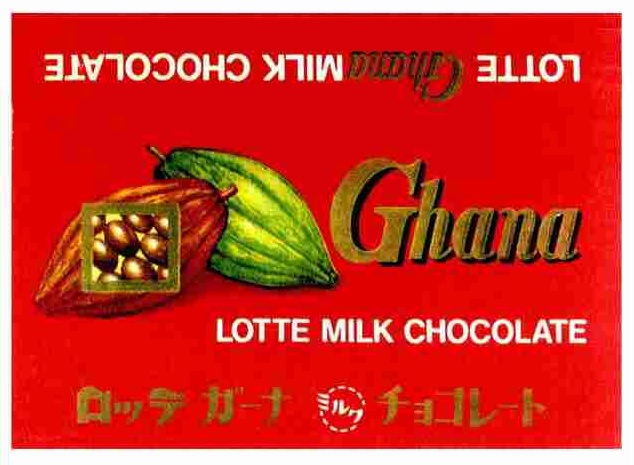
In 1994 of the 30th anniversary, Lotte slightly changed the design of its package and the mark and added different tastes of “Ghana” chocolates, e.g. milk chocolates, white chocolates. On new packages, the “Ghana” mark is much conspicuously and largely indicated than before.
[Current package – TM Reg no. 5405402, registered on April 8, 2011]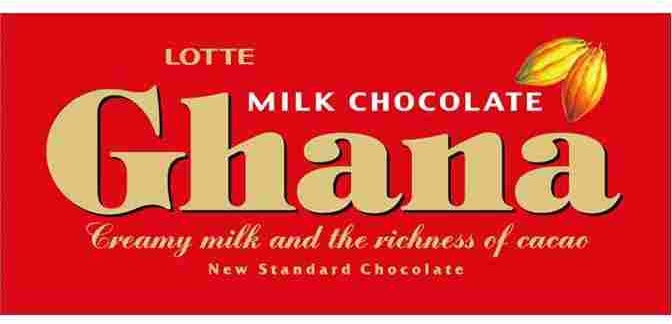
On December 8, 2017, Lotte sought trademark registration for the current “Ghana” logo (see below) over chocolates in class 30. [TM application no. 2017-161593]

Article 3(1)(iii) & 4(1)(xvi)
The JPO rejected the “Ghana” mark in contravention of Article 3(1)(iii) and 4(1)(xvi) of the Japan Trademark Law by stating that “Ghana” is a geographical indication corresponding to Republic of Ghana, a country of western Africa, situated on the coast of the Gulf of Guinea, one of the major producers of high-quality cocoa beans. Therefore, relevant consumers and traders at the sight of chocolates bearing the “Ghana” mark would merely conceive it of the origin of cocoa beans. Besides, whenever the mark is used on chocolates not made from Ghana cocoa beans, it inevitably misleads the quality of goods.
Acquired distinctiveness
Lotte argued the “Ghana” mark shall be protectable based on Article 3(2), even if nominally unregistrable under Article 3(1)(iii) because it has acquired distinctiveness as a result of substantial and continuous use on chocolates in Japan.
Article 3(2) of the Trademark Law
Notwithstanding the preceding paragraph, a trademark that falls under any of items (iii) to (v) of the preceding paragraph may be registered if, as a result of the use of the trademark, consumers are able to recognize the goods or services as those pertaining to a business of a particular person.
Appeal Board decision
The Appeal Board affirmed examiner’s rejection pertinent to lack of distinctiveness in connection with goods in question, however, the Board held that the “Ghana” mark would function as a source indicator of Lotte chocolates consequently and thus registrable based on the acquired distinctiveness under Article 3(2).
Allegedly Lotte “Ghana” chocolates hold top-ranked market share in Japan since 2017. In 2008, Lotte sold more than 100 million bars of “Ghana” chocolates. The annual sales exceeded 1.2 billion JP-yen in 2017.
Lotte has long been aggressive not only to advertise “Ghana” chocolates in newspapers, TV commercials, trains, and stations, but also to launch lots of chocolate events and campaigns on Valentine’s Day or Mother’s Day nationwide, and collaborations with retailers, hotels restaurants featuring ‘Ghana’ chocolates.
Due to their marketing efforts, Lotte “Ghana” brand chocolates could win several awards, e.g. Monde Selection ‘Gold Award’ (2008, 2009, 2010), D2C ‘Marketing Award’ (2002), The Japan Food Journal ‘Long Seller Award’ (2008), DENTSU ‘Excellent Award’ (2009, 2010, 2011), JR East ‘Excellent Advertisement Award’’.
Besides, “Ghana” chocolates ranked top in the brand survey published by Nikkei Research in 2016.
Lotte could eventually achieve registration of the “Ghana” mark on chocolates, but it spent more than five decades to that end.
Interestingly. Lotte has registered the “GANA” mark on goods of class 30 including chocolates since 1990. It must aim to prevent a third party from registering any mark similar to “Ghana”.

